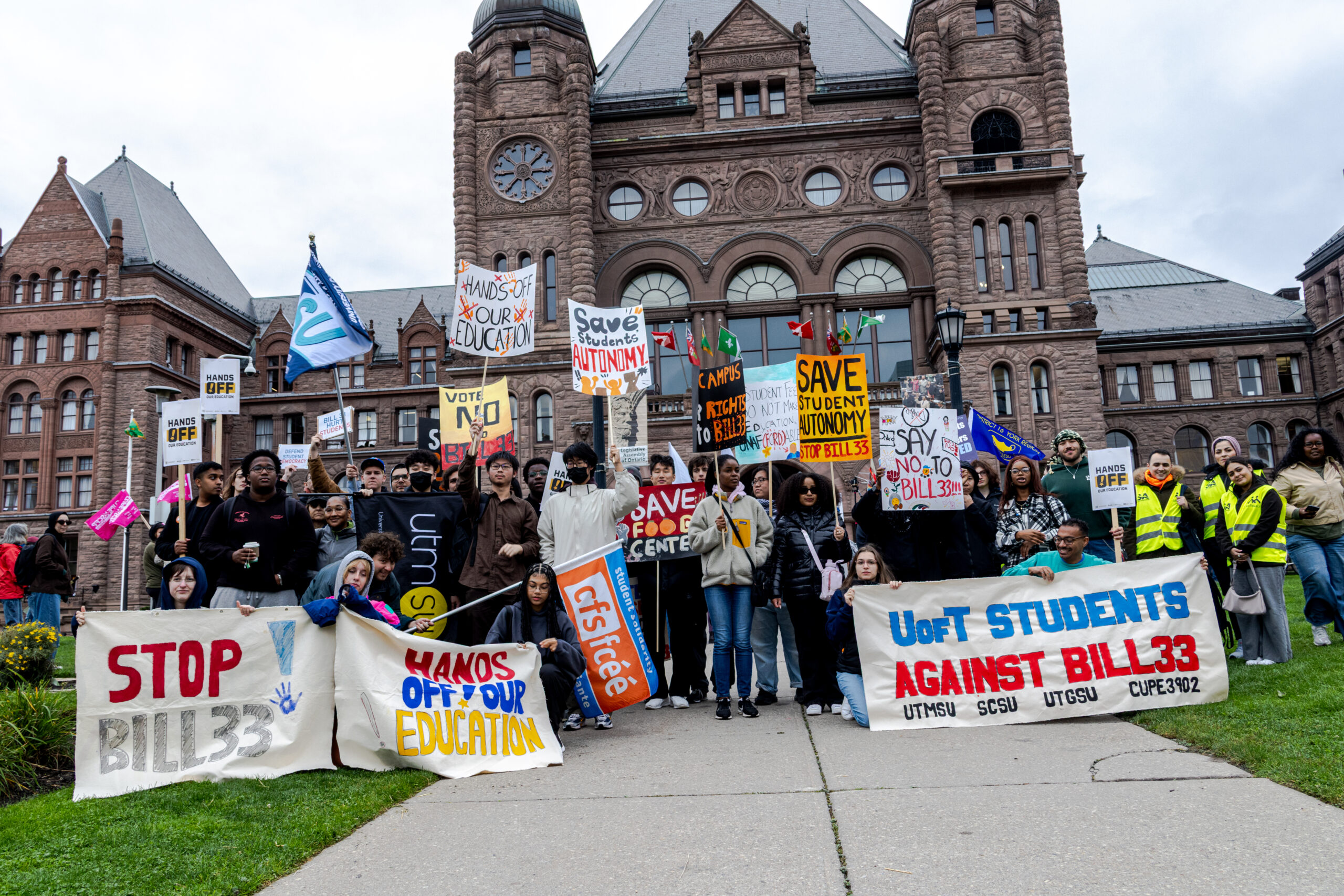With the city of Toronto looking to revitalize the eastern waterfront area, George Brown College plans to show the city and the rest of the world how much of an impact post-secondary institutions have on the growth of a city all while fighting climate change.
On Wednesday, February 23, the Empire Club of Canada hosted an hour-long panel on the future of Toronto’s waterfront. George Brown President Dr. Fearon participated alongside the Deputy Mayor for the South of the City of Toronto, Ann Bailao, and President & CEO of Waterfront Toronto, George Zegarac to discuss the revitalization, which seeks to create a new community with ample green space and affordable living.
“In some respects, this is a bet not only on the waterfront. It was a bet on Toronto. And I think it was the right decision and we’ve grown and been a part of all that growth since 2012.”
Exciting developments are in store for Toronto’s waterfront. George Brown President Dr. Gervan Fearon recently participated in an online panel about the future of the waterfront that’s now available to watch. 👉🏽 https://t.co/QuNCCZCSp9 #Toronto #MyGBC pic.twitter.com/0OjZqRWVxA
— George Brown College (@GBCollege) February 25, 2022
President Fearon noted how much the Waterfront Campus has grown since 2012, with the number of students and faculty quadrupling from 2,000 to 8,000 in ten years. As such, there is a growing need for more accessible space.
“With more than 650,000 square feet and the building of the new location, Limberlost Place, adding 175,000 square feet, all this build out is because it’s important for educational institutions like George Brown to contribute not only to city building and community building, but have a sense that the waterfront can be a place where people live, play, learn and grow,” said Fearon.
In terms of programming, design, and technology, George Brown’s waterfront campus is providing a platform for skills that intend to shape the future of Toronto.
“The work we feel we’re doing at the waterfront will really contribute to the skill space – attracting and retaining talent in Toronto, making it a vibrant place for investment and retention of capital, and economic growth and prosperity,” President Fearon said.
Revitalization of the waterfront will provide an added bonus for students. “Our students need affordable housing. We currently have about 500 residents in the general catchment of the waterfront, and we’re hoping to build that out in the future as well,” said President Fearon.
So what can students and members of the community expect from the expansion of the GBC Waterfront Campus? The president sees the addition of Limberlost Place as the tip of potential in post-secondary contribution to the prosperity of the city and the province. Limberlost Place, George Brown’s Mass Timber building, is set to place in Tier 4 of the Toronto Green Standard – a municipal strategy that aims to reduce community-wide greenhouse gas emissions to net-zero by 2040.
The addition of Limberlost Place, being one of its kind in Ontario, encapsulates the innovation and dedication GBC has towards creating a sustainable future for its students and community. The 200,000 square foot structure, which produces net-zero emissions and is capable of generating the same amount of energy it consumes, is set to become a centre for research and innovation in fighting climate change.
“This provides the waterfront with a showcase of what can be done in terms of environmental responsibility, in terms of sustainability, and mass timber,” President Fearon said.
The building will also include the Brookfield Sustainability Institute, making it not only a teaching and learning centre, but also helping to raise awareness of what can be done to maximize sustainability.
“The work that we’re doing not only contributes to our students, but towards showcasing Canadian technology,” said President Fearon.
George Brown College’s contribution to the waterfront has been significant to the development of transportation and city development. President Fearon stressed the important role that transit development plays in bringing students, facility, family and people to the waterfront.
“Planning efforts have really provided a foundation on how George Brown College and other partners interact and meet the public’s need in how we develop.”
The public is encouraged to keep pushing waterfront revitalization planners to live up to their expectations for a vibrant and prosperous future. The future of the waterfront is bright and is made possible thanks to partnerships with the city, its public institutions, and its residents.


